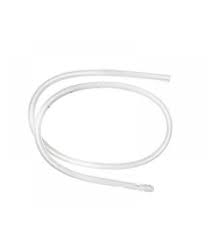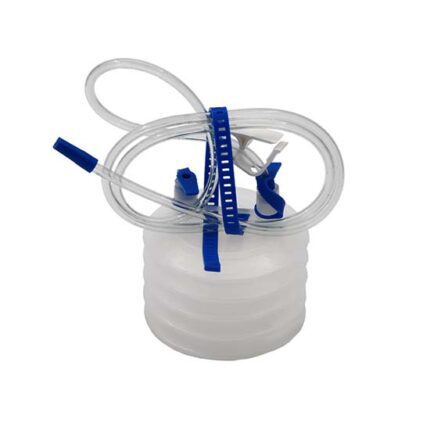Safety Box: Your Ultimate Protection for Valuables
In today’s world, protecting your valuable items from theft, fire, or natural disasters is a top priority. A safety box is an essential investment to ensure the safety of your important documents, jewelry, cash, and other valuables. Whether you’re looking for a safety box for personal or business use, understanding its features, benefits, and types can help you choose the perfect one for your needs.
What is a Safety Box?
A safety box, also known as a safe, is a secure storage solution designed to protect valuables from theft, fire, and water damage. These boxes are typically made of high-quality, durable materials such as steel, with locking mechanisms that make unauthorized access nearly impossible. Safety boxes come in various sizes and types, each designed to meet specific security needs.
Why Should You Invest in a Safety Box?
- Protection Against Theft
One of the primary reasons to use a safety box is to safeguard your valuables from theft. With advanced locking systems, such as digital keypads, biometric scanners, or traditional mechanical locks, safety boxes offer a high level of security to deter burglars. - Fire Resistance
A fireproof safety box can protect your documents and valuable items from fire damage. These boxes are built with fire-resistant materials that can withstand high temperatures for extended periods, ensuring that your important items remain intact in case of a fire. - Waterproofing
Many safety boxes are also waterproof, which is a critical feature for protecting documents and electronics in case of flooding or accidental water damage. - Peace of Mind
Storing your valuables in a safety box offers peace of mind, knowing that your most important items are protected from common threats like burglary, fire, or water damage.
Types of Safety Boxes
There are several types of safety boxes available, each offering different features. Here are some of the most common types:
- Fireproof Safety Boxes: Designed to protect your valuables from fire, these boxes are equipped with special insulation that can withstand extreme temperatures.
- Waterproof Safety Boxes: These boxes are built to protect contents from water damage, whether from floods, leaks, or accidents.
- Electronic Safes: These safety boxes feature digital keypads or biometric locks, allowing for easy access with a PIN code or fingerprint. They provide enhanced security and convenience.
- Key Lock Safes: A more traditional option, these boxes are operated by a mechanical lock and key. While they may not offer the advanced features of digital or biometric safes, they still provide a solid level of security.
- Wall-Mounted Safety Boxes: These are discreet boxes that can be hidden in walls, offering both security and the advantage of being out of sight.
How to Choose the Right Safety Box
When choosing a safety box, consider the following factors:
- Size: Determine what you need to store. Larger boxes are suitable for documents, valuables, and electronics, while smaller boxes are ideal for jewelry or personal items.
- Security Features: Think about the type of lock you prefer, such as a traditional key lock, digital keypad, or biometric lock. Advanced features like motion sensors or alarm systems can also enhance security.
- Fire and Water Resistance: If you are storing important documents or electronic devices, ensure the box is both fireproof and waterproof.
- Budget: The price of a safety box varies depending on its size, features, and security level. Make sure to choose one that fits your budget while offering adequate protection.
Where to Buy a Safety Box
For the best selection of safety boxes, you can visit Parsumashtajhiz. They offer a wide range of high-quality safes at competitive prices, with features like fireproofing, waterproofing, and advanced locking systems to ensure your valuables are always protected.
Conclusion
Investing in a safety box is one of the best decisions you can make to protect your valuables from theft, fire, and water damage. With various types and features to choose from, you can easily find the perfect safety box that meets your needs. Whether you need a simple key lock safe or an advanced biometric safe, ensure you choose a reliable and durable product to keep your belongings secure. Visit Parsumashtajhiz to explore their wide range of safes and find the perfect one for you today.











Reviews
There are no reviews yet.